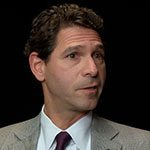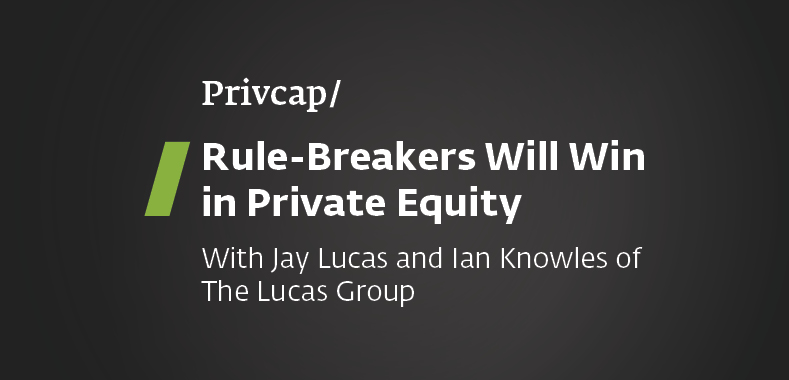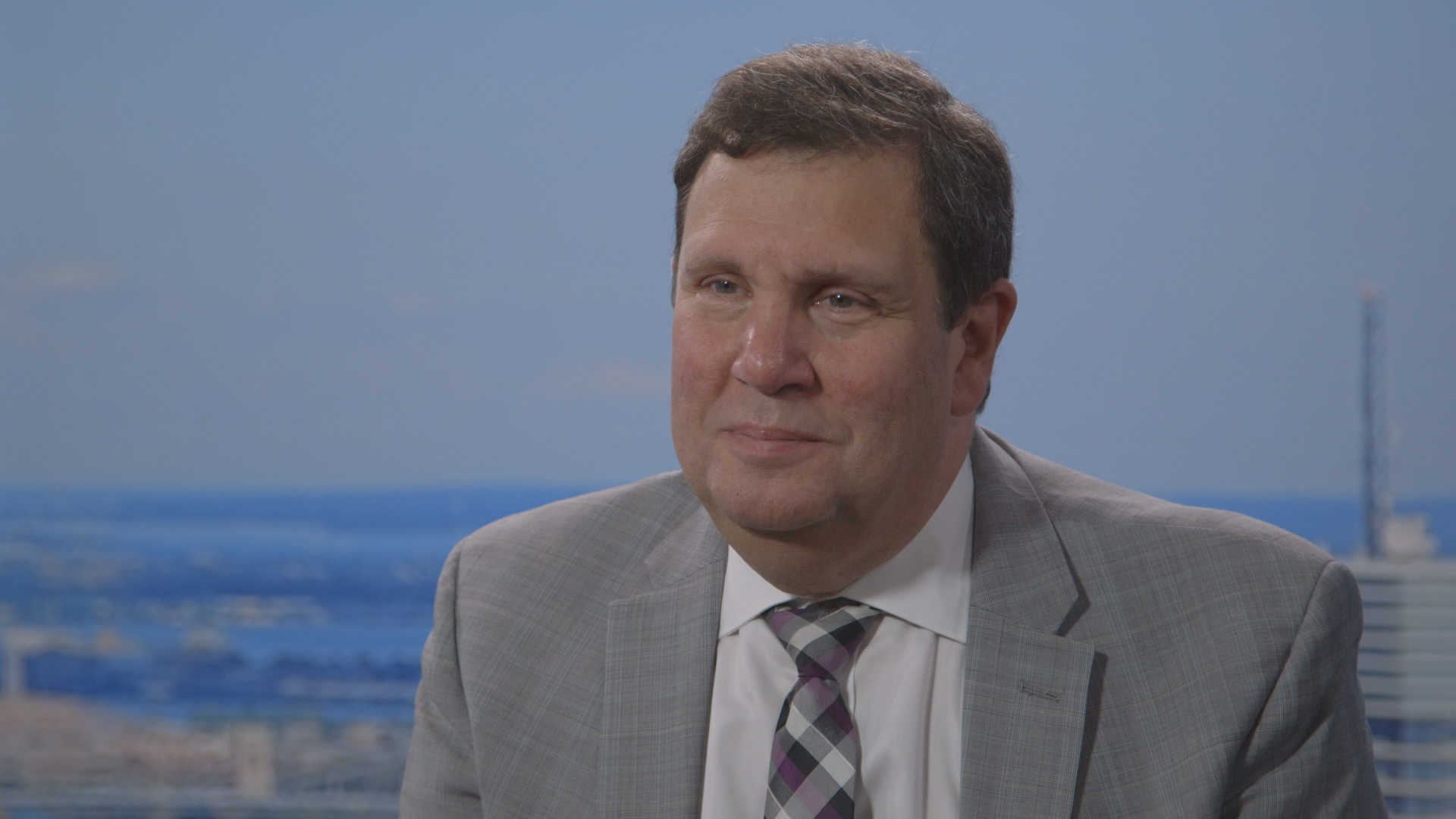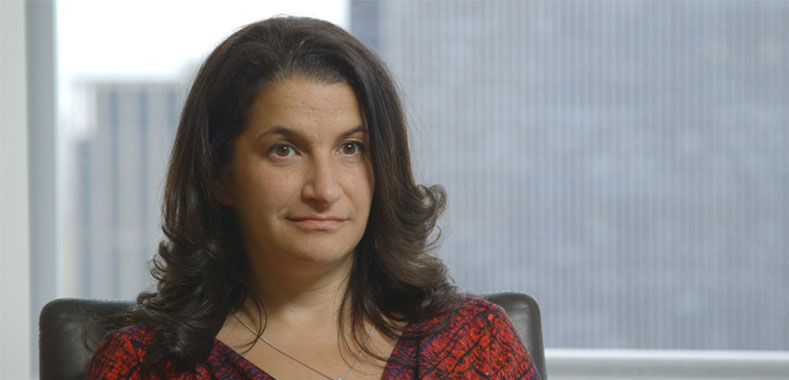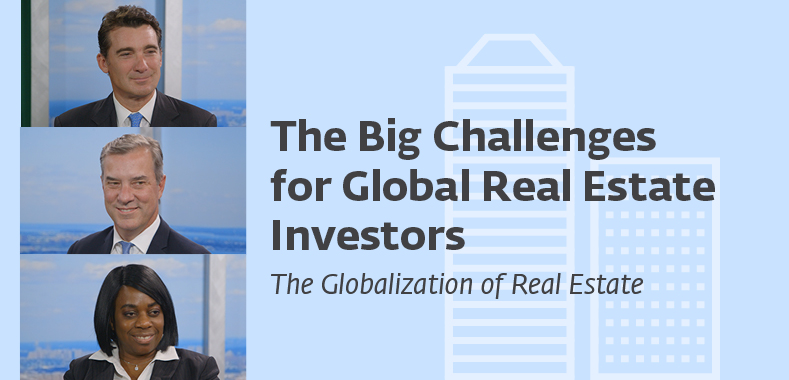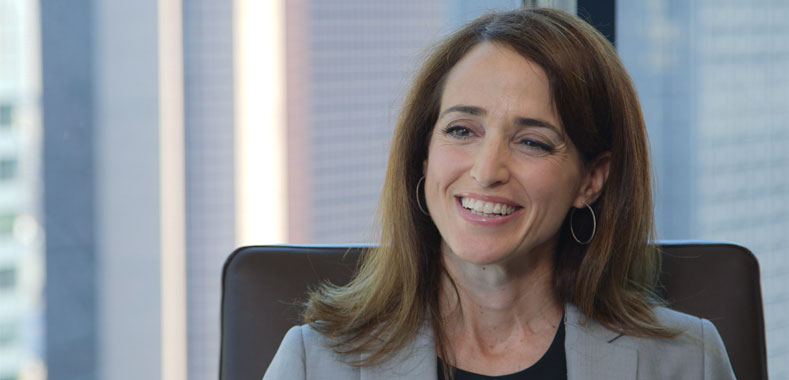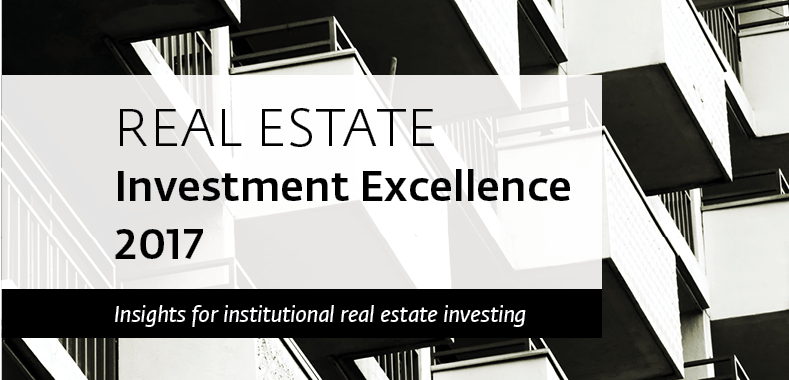KKR Real Estate: Buying Complexity, Selling Simplicity
Download the article here
A keynote interview with Ralph Rosenberg, head of KKR’s growing real estate platform
Privcap: How would you describe KKR Real Estate’s investment philosophy?
Ralph Rosenberg, KKR: We started our real estate business about six and a half years ago. Our thesis was that we could leverage what was nearly 40 years of history of KKR at the time, with respect to the ability to harvest information within our own firm across all the different businesses—private equity, credit, infrastructure, energy, global macro, public affairs—to figure out really interesting ways to take real-estate-related risk.
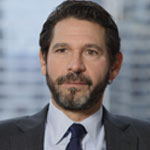
KKR
About 80 percent of our investments to date have been thematically driven. The other 20 percent of our business is reacting to a market situation or a fact pattern that might not fit neatly within a theme that we’re focused on, but where we can pivot and take advantage of an idiosyncratic, deal specific opportunity.
Given that we’re likely nearer to the end of the cycle than the beginning, has your strategy changed?
Rosenberg: I believe that we are closer to the end of the U.S. economic cycle than at the beginning of the cycle. We don’t need to really debate that.
And I also believe that if you’re good at sourcing opportunities and identifying themes, you can transact no matter where you are in a cycle. Of course, you might have a different attitude in terms of what types of risk you’re willing to take.
So, for example, we aren’t interested in taking long-dated development risk, and we aren’t interested in taking real significant value/repositioning risk. So what does that mean we are prepared to do? We are focused on and are very prepared to take risk where there’s a shorter-dated business plan that gets you from a complicated fact pattern to a simple execution. We’re interested in buying assets with more recurring cash flow that can be reinvested into the assets to create attractive returns on that reinvestment capital. We’re focused on finding opportunities where we have the ability to access the capital markets to create long-dated efficient capital structures from a leverage perspective.
Then, lastly, we have a bias towards transacting in what I would call the top 15 markets in the country.
In terms of geographic focus, how has the real estate practice evolved?
Rosenberg: We are set up to be value add and opportunistic investors in the United States, Europe, and Asia, where we have teams that are transacting every day. I would expect that over the foreseeable future those strategies will continue to scale and create what we consider to be a dominant middle-market presence, with the benefit and the advantage of having our bulge-bracket firm create information flow, sourcing capabilities, and operational expertise.
You’re also using that to create opportunities on the credit side of the equation as well, correct?
Rosenberg: Yes. Literally in two and a half years, we’ve gone from having no market-facing capability in the credit space to a major publicly traded commercial mortgage REIT, which is called KKR Real Estate Finance (KREF), that trades on the New York Stock Exchange. We lifted a team of debt professionals out of Rialto and integrated them into the KKR real estate franchise. The combination of having a debt platform and an equity platform is quite powerful and is part of our strategic vision, to face the marketplace, to be a solutions provider across the capital structure.
KKR likes to bill itself as a firm that “buys complexity and sells simplicity.” What does that mean in practice?
Rosenberg: Most of our deals are those that aren’t digestible by what I’d call a traditional market participant.
For example, we were presented, as was the market, with the opportunity to buy an office and retail building in Chicago called Sullivan Center, which was marketed as a 98 percent occupied office building. That should have attracted a lot of core or core-plus interest.
But when you dug in, there were a number of things that were quite complicated. Number one, there were historic tax credits owned by Sherwin-Williams, the paint company. The owner of the property had to make certain reps and warranties as the owner to make sure that Sherwin-Williams didn’t trip their tax credits.
The second problem was that the seller was involved in a very litigious partnership dispute, which included one of the partners being indicted and going to jail for fraud associated with other activities. The third area of complexity was that the two major leases in the building expired within five years of taking ownership, and so a lot of core and core-plus buyers were worried about re-leasing.
Lastly, the most complicated part of the deal was that one of those two major tenants was a subsidiary of the state of Illinois. The state was not paying its rent, because the Illinois legislature was in a budget dispute, and the tenant was eight months in arrears.
We saw all of these facts and thought, “This is a great asset, and if we can figure out a way to control it at the right price, we can solve all these problems.” And so we went to Sherwin-Williams and we figured out a way to buy them out of their tax credits. Our public affairs team went through the governor’s office to discuss the lease. We figured out a way to take clean ownership of the property in spite of the fact that the two selling partners were litigating with each other.
We deconstructed that series of complex facts and made each one of them quite simple. We’ve since sold the retail piece of the building.
When the cycle does come to an end, what do you expect in terms of peak-to-trough valuations?
Rosenberg: For the market broadly, I expect it to be modest, around 10 percent. But if you look at certain asset classes in certain markets, the correction could be really, really significant. Look at what’s happening in the hospitality sector in New York. You had supply increase by 15 percent, and hotel owners couldn’t push up rates. In fact, they’ve had to reduce rates to keep occupancy. Organized labor has a favorable contract, basically creating a cost structure in the asset class that is fixed and contractually growing every year, foreign tourism is down and you’ve got Airbnb.
You add all that up and for that market, the peak-to-trough could be 30 or 40 percent.
A keynote interview with Ralph Rosenberg, head of KKR’s growing real estate platform.
